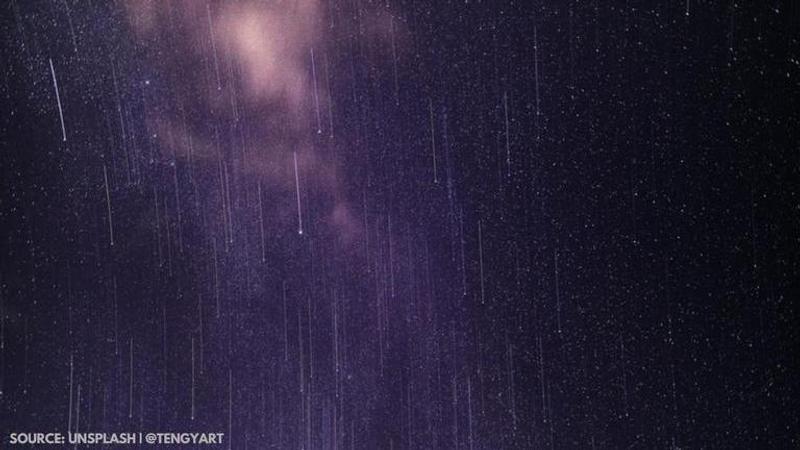Published 10:45 IST, December 15th 2020
Gemini constellation location: Where is Gemini in the sky tonight?
Gemini is represented by the twins - Castor and Pollux, the Gemini constellation is relatively easy to find. Scroll on for Gemini constellation location.

Gemini is one of the constellations in the zodiac which represents the twins in Greek mythology. Castor and Pollux are the two massive stars that have been named after these twin characters. The Gemini constellation is viewed by many as the Gemini twins or Pollux and Castor. However, it should be noted that Pollux is slightly brighter compared to the Castor. In addition, Pollux is golden in colour while Castor is pure white. The differences between the two can be distinguished with the help of binoculars. The Gemini constellation is among the 88 modern constellations as defined by the IAU. Let us take Gemini constellation location.
Where is Gemini in the sky tonight?
It is quite easy to spot Gemini in the sky, even if you are not a seasoned skywatcher. Gemini is a northern constellation which is located between the Cancer and Taurus constellations. It is visible predominantly from November through April. In the Southern Hemisphere, it is visible from December through March. It also serves as a radiant point for the Geminid meteor showers that occur during mid-December every year. The Geminids are considered the best meteor showers of the year. While the Geminid meteors are particularly bright in their appearance, they are best visible when there is no full moon in the night skies.
Meteor shower tonight: When does the Geminid meteor shower reach its peak?
The Geminid meteor shower will be fairly visible this month on December 13 during the late-night hours and in the early morning hours of December 14, according to the Almanac. You will still be able to observe it before and after the peak hours as they are visible between December 4 to December 16. However, it should be noted that the weather conditions need to be favourable in your region.
The event will also be visible from almost every part of India. People who are interested in watching the Geminid meteor showers are suggested to look for a place with the least light pollution for a better viewing experience. Luckily, you do not require binoculars or telescopes to catch the phenomenon.
Also Read | NASA Shares Sights Captured By Hubble In 30 Years From Caldwell Catalog For The First Time
Image credits: Unsplash | @tengyart
Updated 10:43 IST, December 15th 2020



